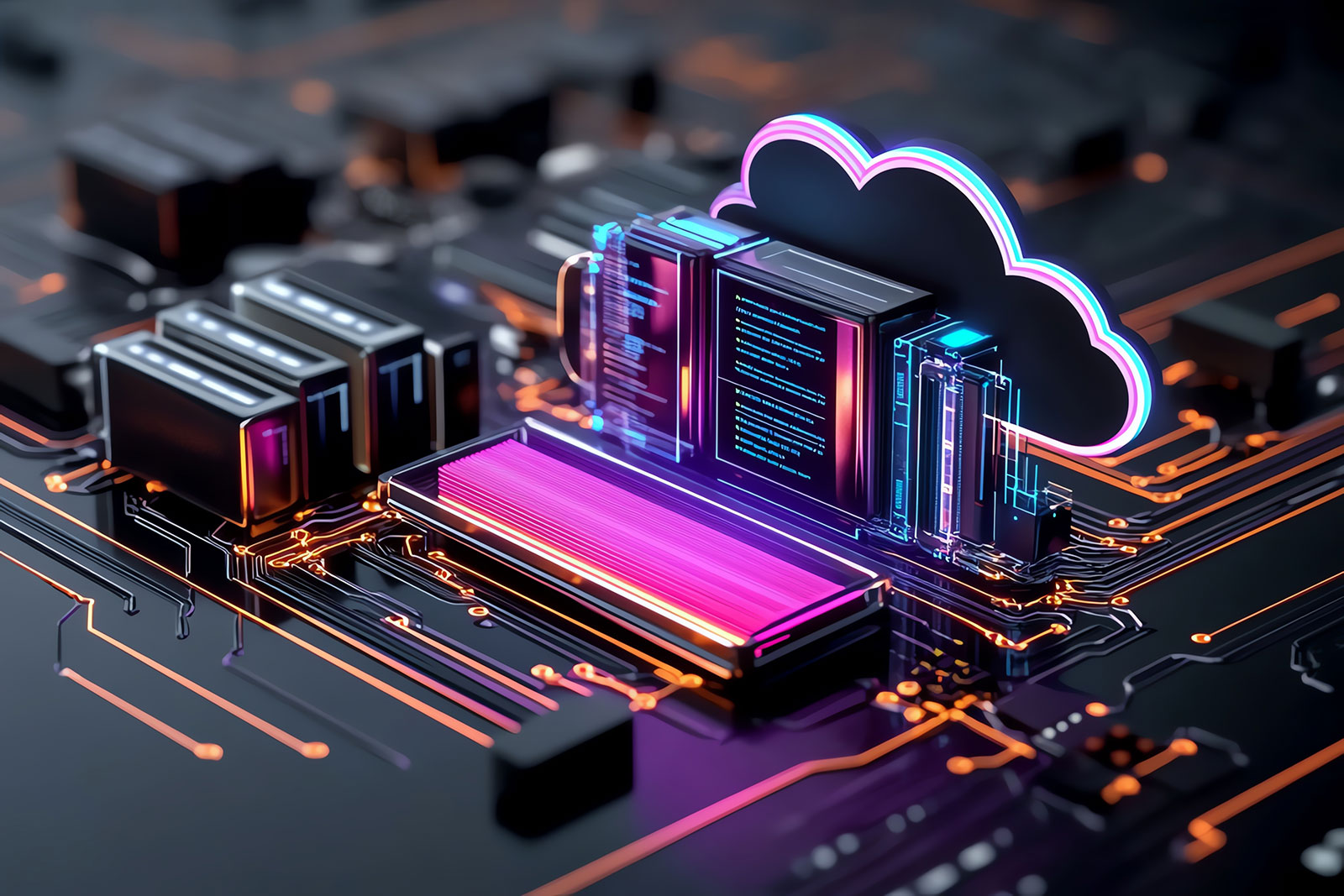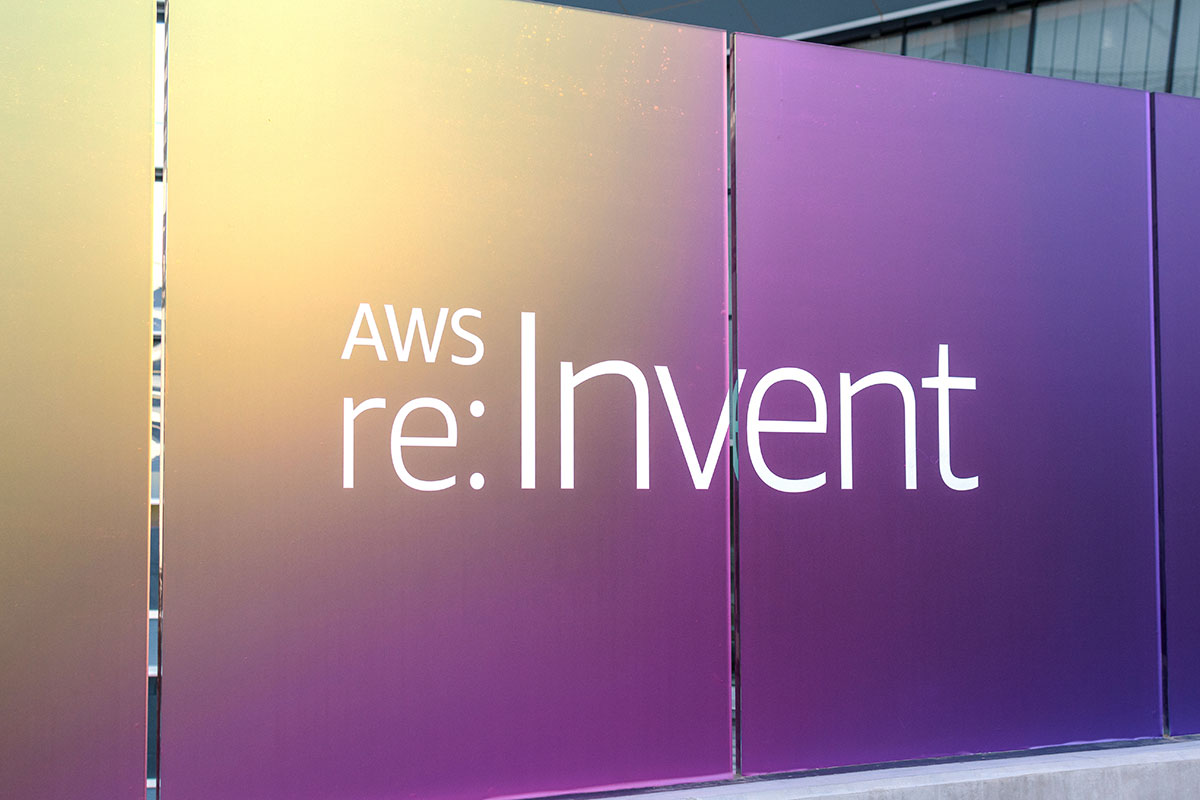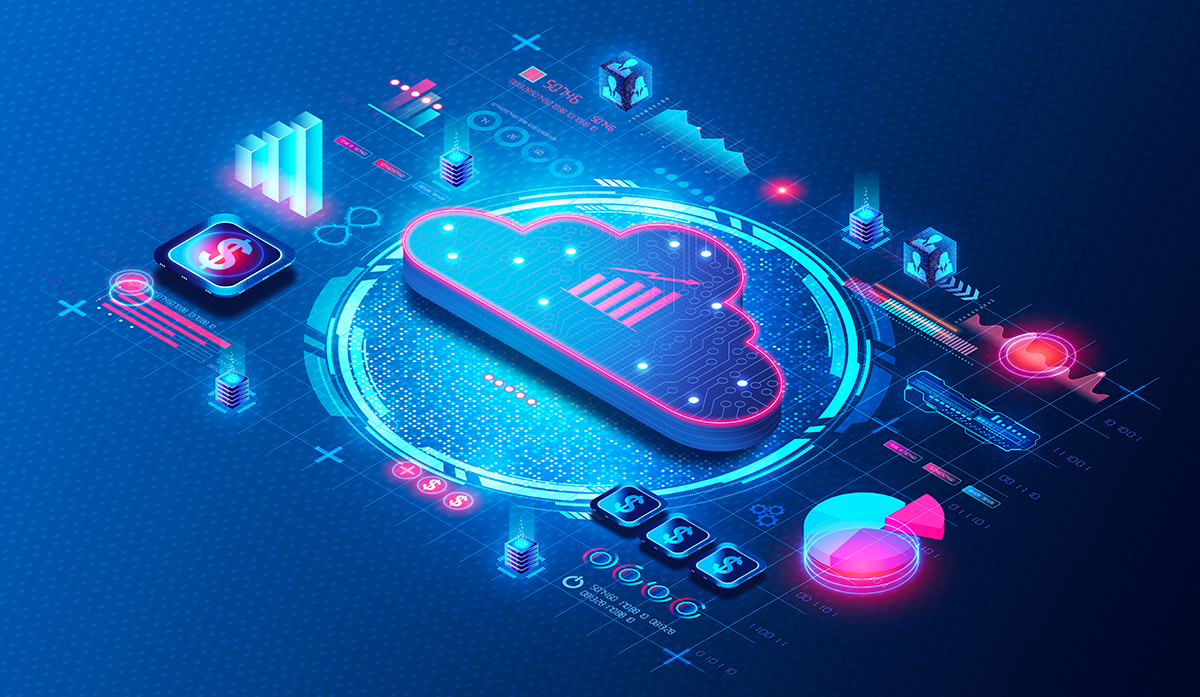
9 Questions to Ask When Selecting an IoT Cloud Platform

IoT engineering combines hardware, connectivity, software, and a UI, all with increased data handling requirements. The combination of these factors means that IoT solutions are likely to be more complicated to engineer and more compute-intensive to run, which is why IoT engineering is ideally suited to cloud-native development. For those new to engineering in the cloud, this can inject a whole new set of variables into an enterprise’s delivery efforts, and with that comes potential disruptions and vulnerabilities in the software development and operations environment. That’s also why, in addition to working with an IoT cloud platform provider, many enterprises will choose to partner with a digital engineering provider too. After all, the right digital engineering partner together with the right cloud platform will accelerate the launch of an IoT initiative, while at the same time lowering the costs associated with development, the risks related to rollout, and increasing the efficiency of the entire development lifecycle.
Selecting the right team and tools to get an IoT project off the ground is a big task. The market for IoT platforms is crowded with many options from the cloud giants (Microsoft, Amazon, Google, and IBM) to dozens of sector-specific specialists. An IoT platform should help to minimize risk and ensure quality digital service delivery from end-to-end. It should provide you with tangible benefits that amount to a head start in engineering terms: built-in tools and capabilities that cut effort, costs, and time required. Many specialist vendors offer attractive packages that address IoT solutions needs without requiring too much customization. However, it is also essential to take into account how the IoT solution integrates with an organization’s wider digital offering. IoT systems deliver the most value when they are closely aligned with the rest of the business. Consequently, data handling and data integration become critical factors in the decision-making process.
More generally, IoT platforms offer some very attractive services to help set up an IoT solution. There are trade-offs, however, which often come later down the line in the form of pricing, technical constraints, complexity, and vendor lock-in. Today we are going to look at the questions you need to keep front of mind when selecting an IoT platform provider.
1. Is there a cloud platform name that keeps cropping up in conversations with your trusted influencers? Enterprises should seek recommendations, then follow up to ensure providers can share examples and evidence to back up success stories. For instance, we can point to many case studies across sectors such as industrial, healthcare tech, wearables, and consumer IoT. We can also describe in detail how we work with cloud IoT platform providers. Take a look at this whitepaper from AWS and Apexon containing a granular guide to cloud-native development, testing, and a number of use cases.
2. Pay attention to scalability. Cloud providers will dazzle prospective clients with how many millions of connections they can handle. Can they show consistently high uptime? Can they help you make the job of scaling easier? Can they monitor the performance of devices?
3. Finding a cloud platform that can meet your IoT solution needs is your primary concern. But longer-term, how well can the platform accommodate changing use cases?
4. How will your IoT system handle regular updates? These come in the form of system integrations from the IoT platform vendor and firmware updates that you will want to push out to your connected devices.
5. Will you be able to build an environment that seamlessly manages data? Here’s how Apexon, together with AWS, approached the challenge of data management, helping this medical device company to process glucose monitoring datasets with 100% accuracy and reduced cost of on-boarding new patients by more than half.
6. Congratulations, your role is now to own, manage, and secure millions of data points! How will your IoT cloud platform work alongside your existing security practices to bolster security and privacy in the IoT system?
7. Established all-rounders or small specialists? Proprietary or open source? There are many factors to weigh, including the trade-off between ease of set-up, where of course, enterprises feel the benefits immediately and future constraints such as vendor lock-in.
8. What are your disaster recovery options? A whole host of environmental factors can impair the ability of your IoT system to function. This is an opportunity to examine how DR planning is handled right from the get-go, and to question their track record when it comes to outages.
9. The difficulty businesses most often have in budgeting for their IoT platform support is failing to account for how their needs change. A pricing model that seems great upfront can prove costly in the long run. What kind of pricing flexibility is your IoT cloud platform able to offer?
The right IoT cloud platform is much more than hosting and accessing resources in the cloud. Cloud-native computing takes advantage of many modern techniques, including PaaS, multi-cloud, microservices, agile methodologies, containers, CI/CD, data engineering, IoT, AI, and machine learning. Embracing cloud-native engineering can take your IoT solution to the next level. As an Azure development partner and AWS consulting partner working across a range of IoT sectors, at Apexon, we can provide guidance on decisions to do with strategy, technical approach, platform, and tool selection. What digital challenge do you need to solve? Put us to the test. Fill out the form below.




